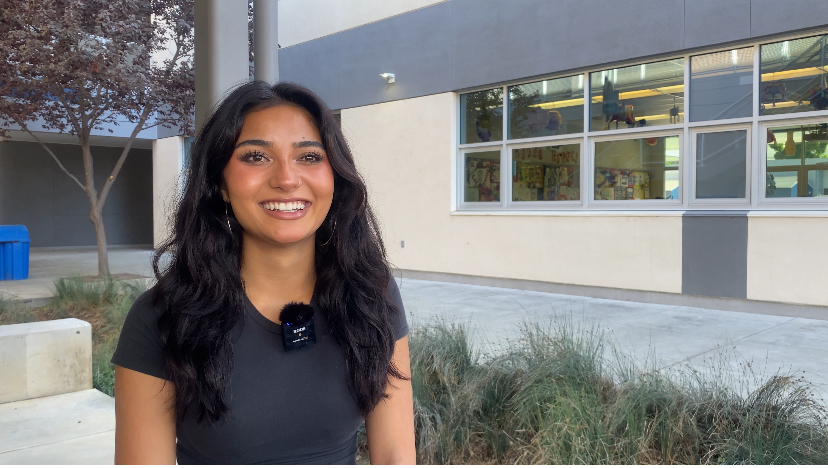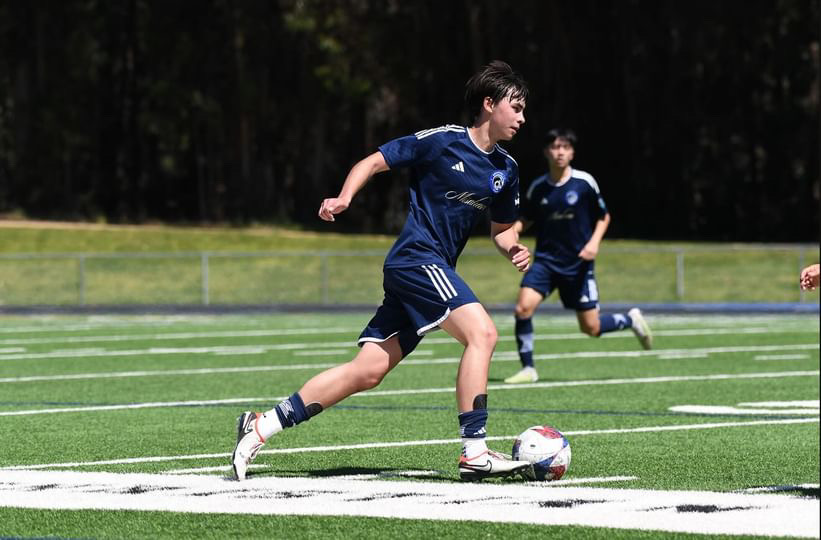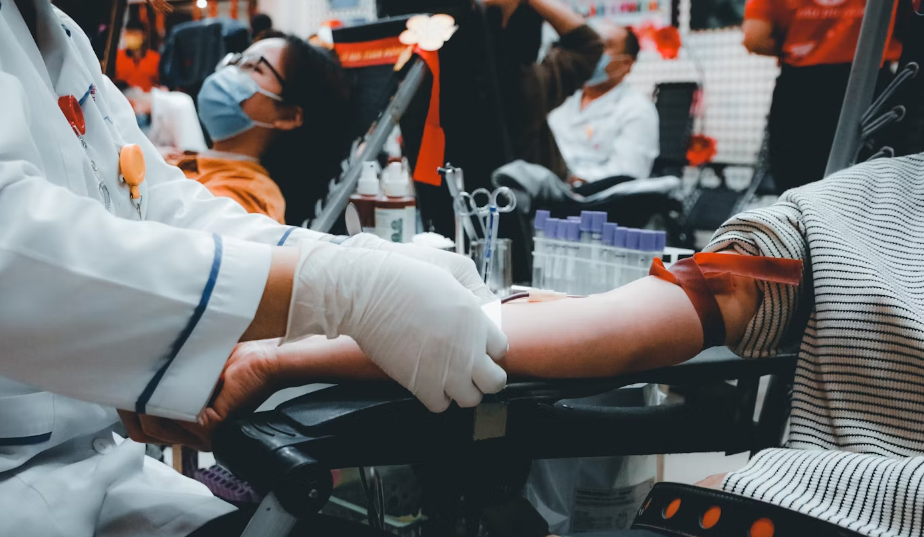On Tuesday November 11, Stanford University PhD student Madeline Huberth hosted Los Altos High School’s Women in STEM club (WiSTEM) at the NeuroMusic Lab at the Stanford Center for Computer Research in Music and Acoustics (CCRMA). Huberth led the club through The Knoll, which was originally built to be the residence of Stanford President Ray Lyman Wilbur in 1915. After the 1989 Loma Prieta earthquake, the building was renovated and updated and is now used as headquarters for the CCRMA.
Huberth guided the group through rooms on both of the building’s two floors, showing them the student lounge, the music lab, a recording facility and an acoustic experimentation studio where Huberth conducted a music demo using the surround-sound speaker system.
In the music lab, Huberth explained a project she worked on where test subjects were asked to subconsciously listen to a 90 minute series of piano melodies while watching a movie. She gathered data on what parts of their brains were most active when they listened to certain melodies.
Originally, Huberth didn’t know what she wanted to do for her PhD program or her career.
“I wasn’t sure exactly what I wanted to do at [CCRMA] but I came knowing that [the department] had a lot of different research areas,” Huberth said. “[And] I was free as a student to move between these research areas… I knew that I could explore it for a couple years which is why I’m doing laptop orchestra, I’m doing stuff in the music lab [and] [I’m a teacher’s assistant for] a class on… general computer music.”
After taking some time to experiment, Huberth says she has found she is most interested in music psychology and hopes to conduct an experiment on performance gesturing during the remainder of the PhD program as part of her graduation dissertation.
“I want [to study] how the motions that performers make help listeners understand the sound,” Huberth said. “[In some pieces there’s] multiple voices going on [like in Solo Bach]… And I want to look at how performers move when they’re trying to communicate these multiple voices. Does it turn out that musicians [try to communicate] in a certain pattern of motion that’s similar to speech and is that helpful to a listener? I’m so excited to start [research].”
Although Huberth has always enjoyed music, her passion for science blossomed in high school when she took a physics class junior year. In fact, she liked it so much, she decided to take AP physics senior year.
“[As] a junior, I got really interested in the sciences [but] up until that point, I thought I was just going to go to music school and be a cellist, period,” Huberth said. “So I ended up going [to college] and [completing] a double major during my undergraduate for cello and physics. [Then] I was sort of wondering how [I] could combine these two things.”
It was in the middle of her undergraduate year that Huberth found a mentor who introduced her to research questions involving music which eventually led her to her PhD at CCRMA. Now, at CCRMA, Huberth finds herself in a field dominated by men, but she says she has never been deterred by that fact.
“I’ve had a good experience. I know what’s going on in the class [I’m assisting with]… so in terms of teaching in the STEM field, I’ve had a good experience in that the male students still respect me because I know the material.
Preferring to remain gender-neutral and not “problematize” the gender inequality situation further by making it into too big of a big deal, her advice for women and men alike is straightforward.
“I would say [be] a ‘go-getter’ [because] people will see [your ambition] and make opportunities for you,” Huberth said.








